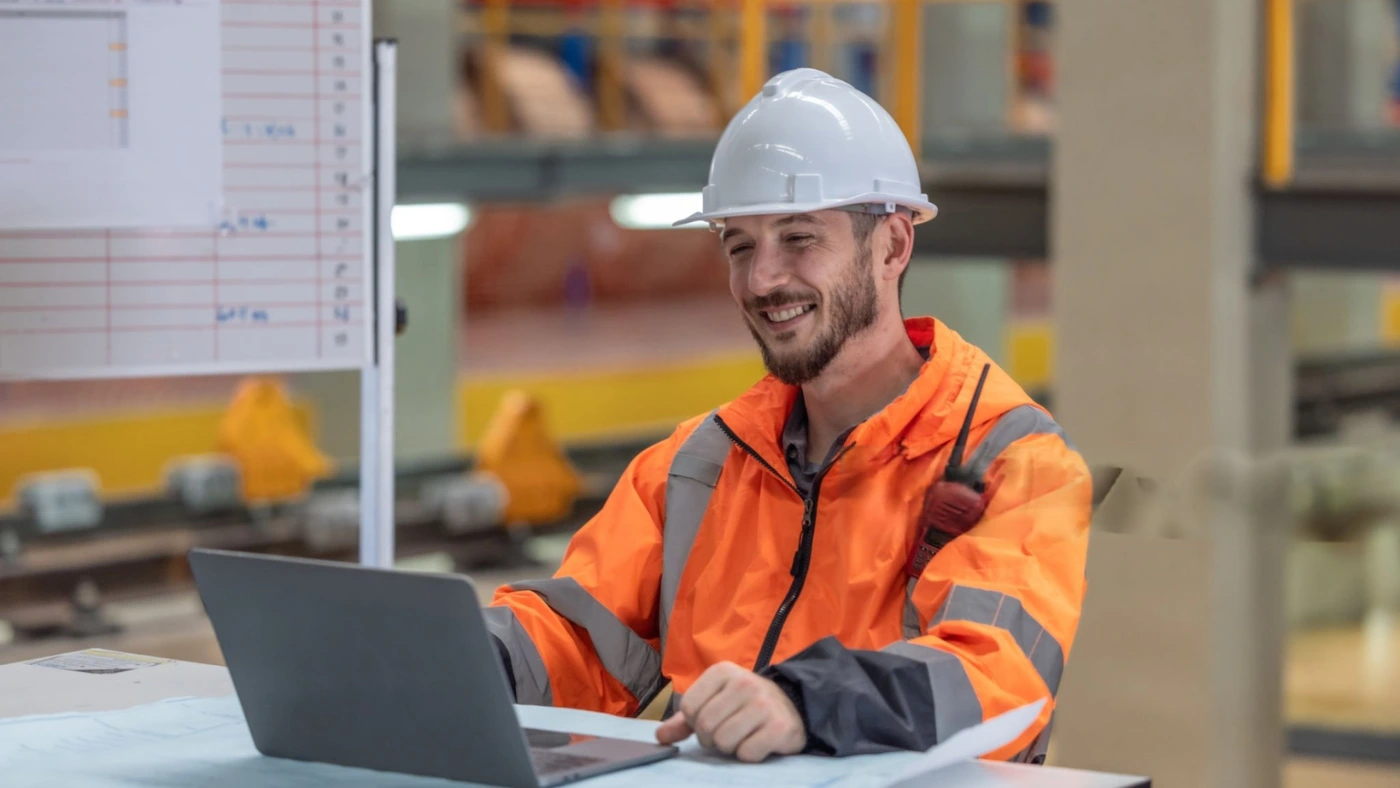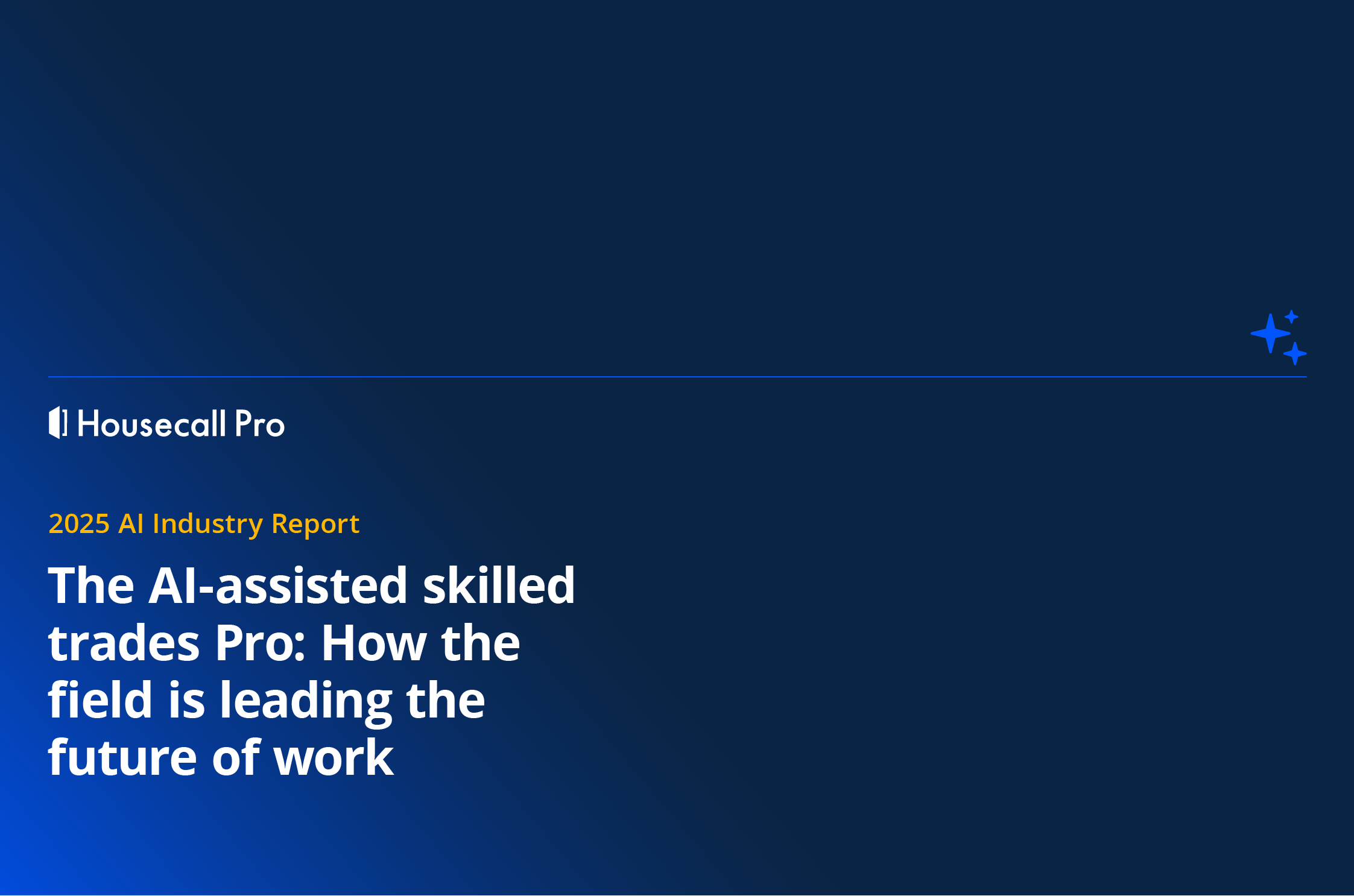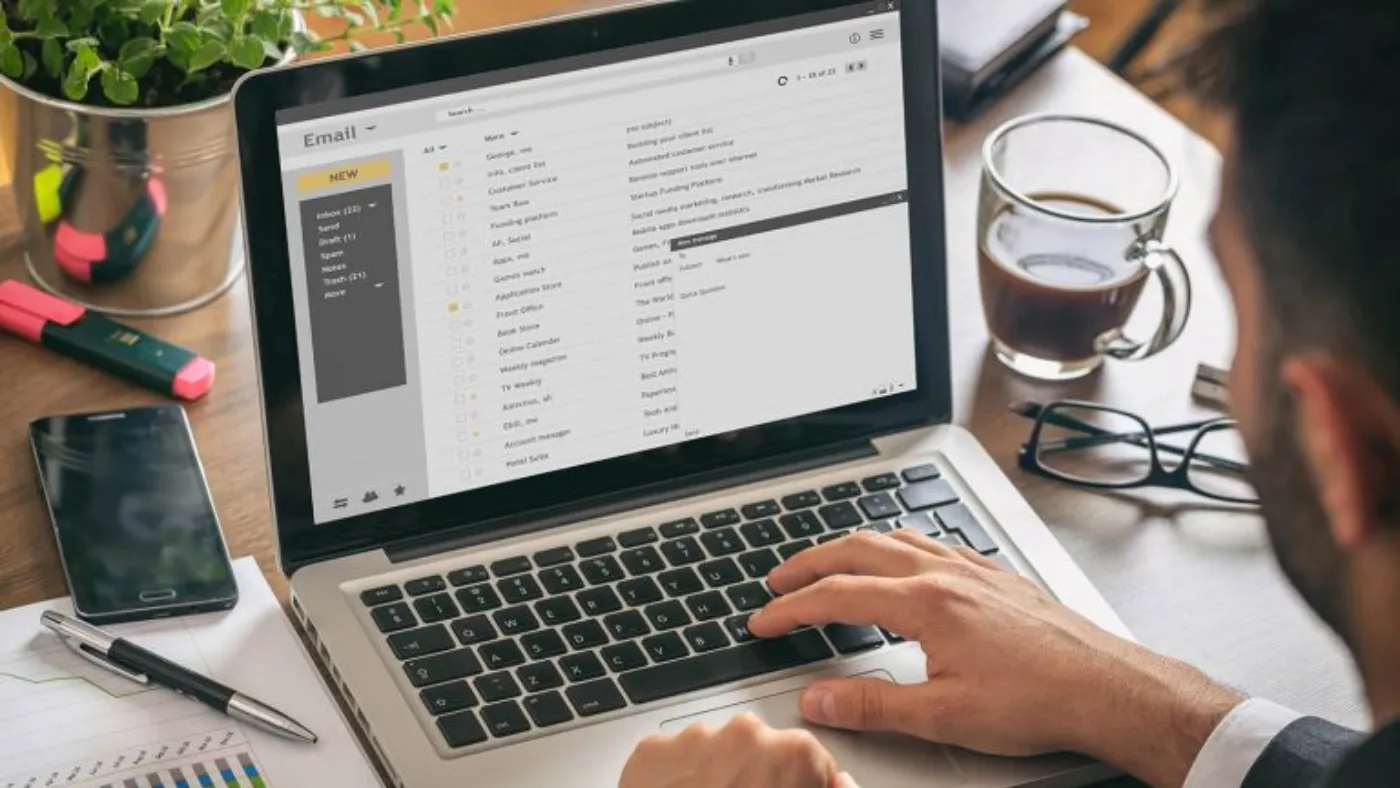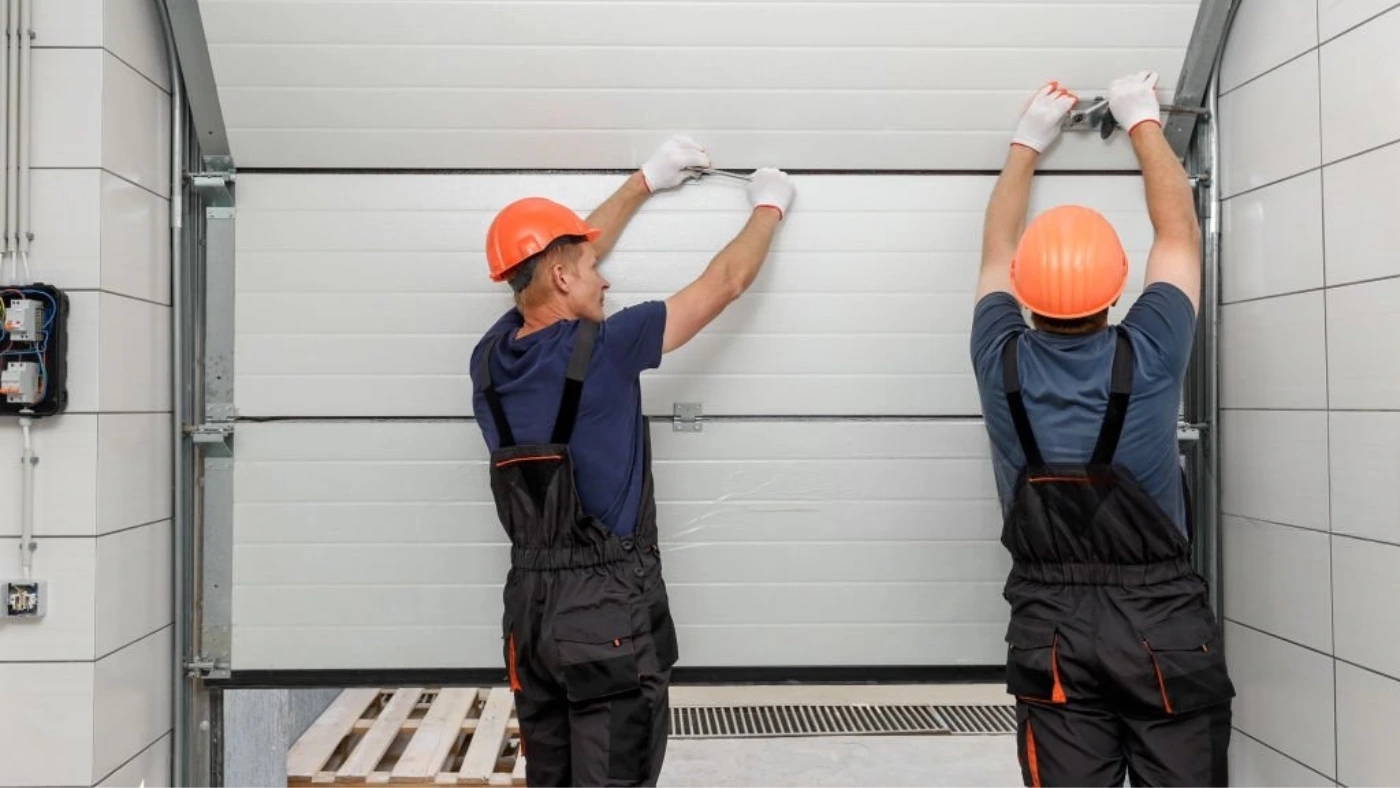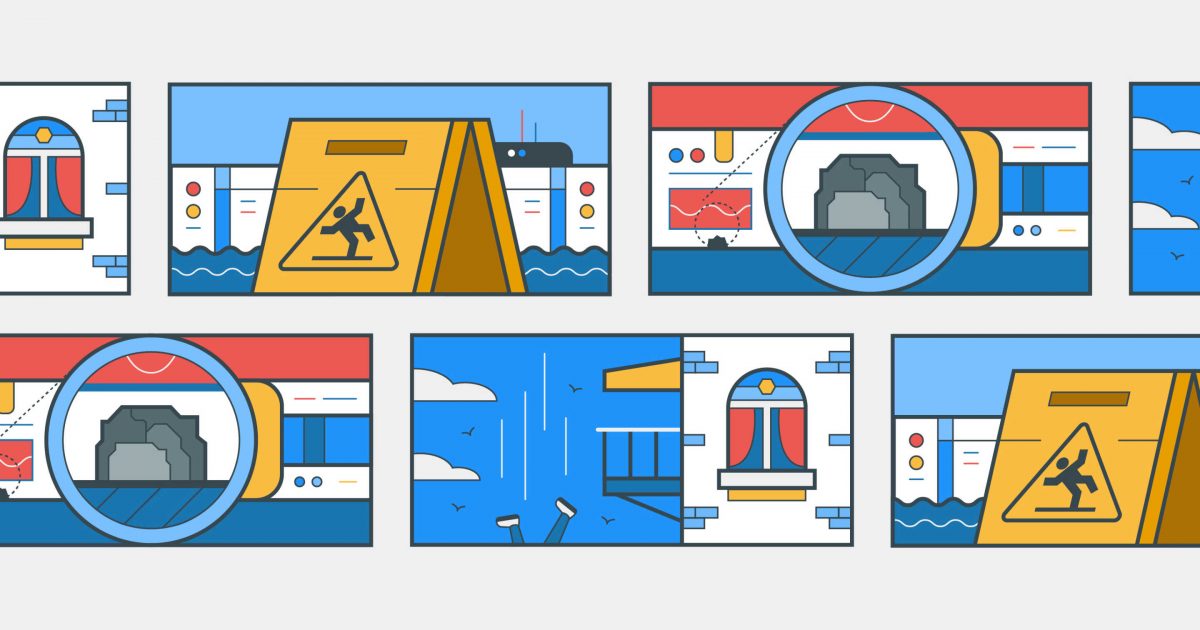
A growing business can be significantly hindered or driven into bankruptcy by a single lawsuit.
One of the most common lawsuits brought against employers is on the basis of tort law, or the violation of a person’s civil rights. One such violation of tort law is negligence on behalf of the business resulting in an accident of bodily injury which can put unnecessary legal and financial strains on any business.
Slips, trips, and falls are a huge concern for employers in the home service industry as their workforce is the most liable for these accidents to cause serious bodily injury. Lawsuits, workers’ compensation claims, and lost productivity are all impediments on your business’s profitability and growth.
In this article, we cover the statistics related to slips, trips, and falls across various industries and include tips to prevent these accidents from happening to your business. Continue reading or jump to our infographic below.
Workplace Statistics on Injuries and Illnesses
Using data from the Bureau of Labor Statistics’ we are able to gain some valuable insights into the prevalence of injuries and illnesses that cause workers to miss days at work. In 2017, the most recent year reported on, there were a total of 882,730 occupational injuries and illnesses resulting in days away from work in private industry.
Injuries
Whether or not you consider your job to be dangerous, you should understand how some of the most common injuries occur.
Here is more information on the injury cases:
- 11% of cases involved overexertion in lifting or lowering increasing 3,250 cases year-over-year to 97,990 in 2017.
- 64% of bone fractures were from the service providing industry and 26% from trade, transportation, and utilities.
- Although 62% of slips, trips, and falls occurred on the same level,20% resulted in a worker falling between two or more levels.
- 15% of all non-fatal workplace injuries are workers being struck by objects or equipment on the job.
- 35% of injuries across all industries are sprains, strains, and tears.
Illnesses
74% of occupational illnesses were reported in the private sector. The number of illnesses reported by private industry totaled more than 18,500 cases in 2017. Here are more stats related to occupational illness:
- 10% of illnesses in the service-providing sector involved respiratory conditions.
- More than 15% of illnesses were skin diseases and disorders, 40% of these resulted from the educational and health services industry.
- 9% of illnesses across all industries were poisonings.
What Percentage of Workplace Accidents are Caused by Slips, Trips, and Falls?
More than 25% of all injuries sustained across all industries are caused by slips, trips, and falls. Of these slips, trips, and falls, 16% of all workplace accidents involved falls on the ground level. Unfortunately, more than 5% of workplace accidents resulted from a fall between two or more stories.
It is also interesting to note the statistic related to slips and trips without falls. More than 3% of all workplace accidents that resulted in time away from work were caused by slips and trips without a fall.
Construction and Home Service Industry Statistics on Injuries
At Housecall Pro we are deeply interested in understanding the rate of injury amongst our pros and their employees. We are also acutely aware of how important it is to prevent or manage injuries on the job successfully.
For the construction and home service industry, here are some statistics related to non-fatal injuries on the job:
- Of all construction jobs, siding contractors are 154% more likely to suffer a fall to a lower level, and roofing contractors are only 52% more likely.
- 29% of injuries sustained by plumbing and HVAC contractors were due to slips, trips, and falls.
- Tile and terrazzo contractors are 474% more likely to suffer an injury from overexertion when lifting or lowering.
When most people think about the professions with the most workplace injuries and illnesses they conjure up the most dangerous jobs, like firefighters, deep-sea fishermen, and pilots. In reality, injuries and illnesses occur every day to contractors, plumbers, HVAC specialists, and more. Let’s dig into why this is a problem for your business.
Fatal Four: Why Slips, Trips, and Falls Matter
According to OSHA, 20% of all fatalities in private industry were related to construction in 2017. Of these deaths, nearly 60% were caused by four events, known in the industry as The Fatal Four.
- Falls: 39% of deaths in construction
- Struck by Object: 8% of deaths in construction
- Electrocutions: 7% of deaths in construction
- Caught in or between: 5% of deaths in construction
Reducing or eliminating the risk from these four causes of death would save hundreds of lives every single year. In fact, there were 887 workplace fatalities in 2017 due to falls, slips, and trips. Let’s explore some of the leading causes of falls on the job site and ways to prevent them.
Leading Causes of Slips and Falls on the Job
Any job site has its share of hazards and unfortunately, nothing can entirely remove the risk out of workplace injuries and illnesses. According to the CDC, more than 300 construction workers die each year and more than 10,000 more are seriously injured by falls from heights.
The CDC also cites ladders, roofs, and scaffolding as leading causes of slips, trips, and falls on job sites.
Here are some other statistics related to slips, trips, and falls while on the job:
- 57% of deaths from ladders occur in the construction industry.
- 43% of deaths from slips, trips, and falls occur in the construction industry.
- 20% of falls on the same level are due to trips and 13% are due to slips.
- 11% of falls to a lower level happen when someone falls through a surface or existing opening.
Below are some stats related to fatalities from falls between two or more levels:
6 Data-Driven Tips to Prevent On-Site Injuries
There are some strategies that you can implement to work toward injury prevention within your business or on your job site.
1. Awareness and Education
One of the most effective prevention methods is awareness and education. This could be as simple as starting the work-day with a 5-minute briefing on the state of the job site, pointing out any fall hazards, slippery surfaces, or other injury-prone obstacles on the site.
Another strategy is to train every employee about the risks involved with your particular industry and how to prevent common injuries.
Disclaimer: Depending on your state, you must follow all labor laws related to injury awareness, including public notice to all employees related to your states policy.
2. Proper Lighting
The job site should be well lit and visibility should never be an issue. It’s especially important to have proper lighting in areas where hazardous materials or obstacles are present.
Lighting can help identify spills which can be a slip hazard. Nearly 14% of all falls on the same level are due to slipping.
Staircases, curbs, and other trip hazards should also have ample lighting given nearly 5% of all falls on the same level are due to tripping while climbing stairs, steps, or curbs. Another 5% of falls are also due to tripping over an object.
3. Safety Hazard Signage
Communication of hazards on the job site is very important and clearly marking any obstacles, materials, spills, or other hazards is vital to communicating this.
Almost 10% of all falls resulting in a fatality are caused by falling through a surface or existing opening. This is why you must clearly mark areas that are deemed fall dangers and especially holes or gaps in the floor surface.
4. Contain Spills
Spill containment and proper management of hazardous liquids is vital for jobsite safety. Routinely check for leaks and spills, have proper equipment for cleanup on site, and of course, have signage to document the spill.
Small leaks and spills can seem arbitrary and easy to overlook, but a small leak can turn into a big spill and given the risks of slips, trips, and falls on the job site, it’s best to prioritize spill containment.
5. Job Site Ventilation
A jobsite is especially susceptible to toxic chemicals, moisture, and other foreign particles being inhaled. In fact, 8% of fatal exposures to harmful substances across every workplace is due to the inhalation of a harmful substance.
Proper ventilation can help reduce the risk of inhaling particulate in the workplace. Depending on the industry your business serves you may want to enforce the use of respirators or other air filtration systems.
6. Enforce Proper Attire
Similar to the need to wear respirators, other workplace attire may be helpful in reducing the risks of slips, trips, and falls on site. Slip resistant shoes, for example, are a great option for industries where water and other liquids are common. Restaurant employees are usually required to use slip resistant shoes since the kitchen is susceptible to spills and other slip hazards.
Hard hats, steel-toed boots, harnesses, respirators, and other field service industry equipment may be important for the safety of your workers and should be strictly enforced. If the environment is relaxed and safety equipment is seen as optional, injuries — and the subsequent costs — will be a more common occurrence.
Managing The Safety of Your Fleet
As a business owner, it is important you understand the risks and costs associated with negligence regarding the physical safety of your crew
If you are managing your fleet of employees remotely, it’s important you have a strong leader on site to manage the safety of your people. Slips, trips, and falls are a large portion of injuries on the job, but many more risks are also present.
We understand a blue-collar entrepreneur like yourself has a lot of things to keep track of and manage for the success of your business. This is why we have built a suite of powerful tools for field service businesses to manage their fleet, customers, and jobs within an easy to use mobile app. Sign up for a free trial of Housecall Pro today!

